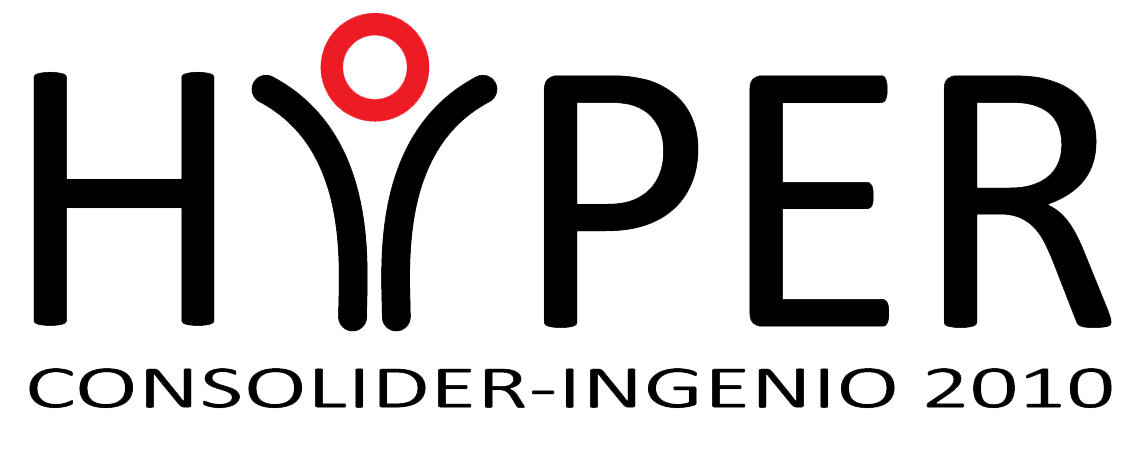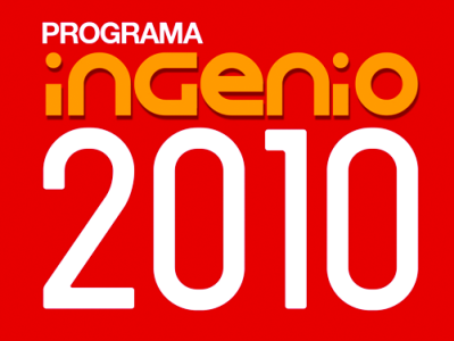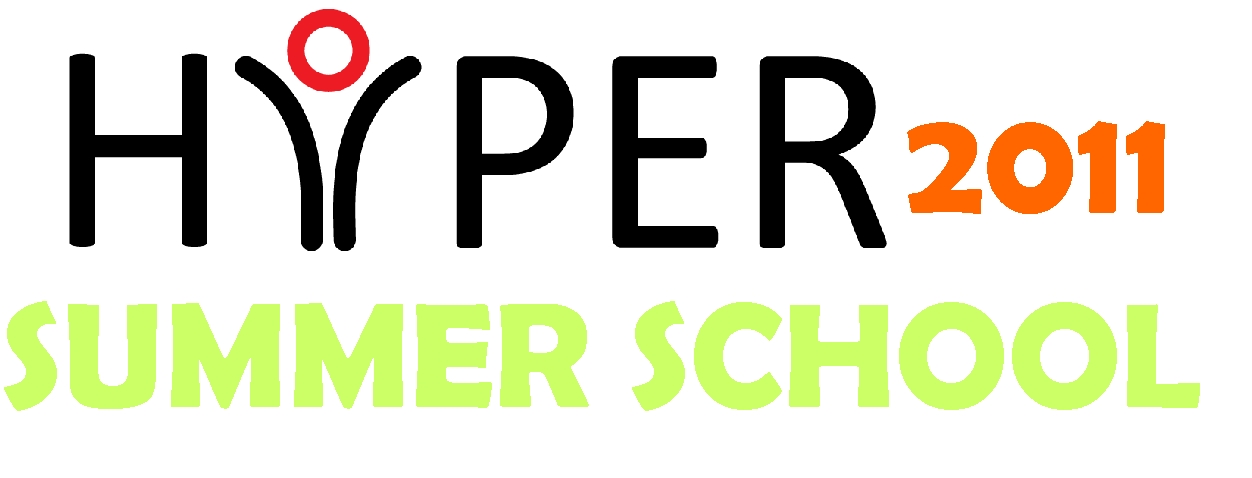Improving Education in Neurorehabilitation: Results of the 2012 Summer School
The 2012 Neurorehabilitation Summer School provided a unique opportunity for experts and students to come together and discuss the latest developments in neurorehabilitation. The event was designed to enhance the education and training of healthcare professionals working with patients affected by neurological disorders. In this article, we will review the key findings from the event and discuss how they can be applied to improve education in neurorehabilitation.
Applying an interdisciplinary approach to neurorehabilitation training
One of the main themes of the Summer School was the importance of an interdisciplinary approach to neurorehabilitation training. This means bringing together experts advancedwriters from different fields such as neurology, physical therapy, occupational therapy, psychology, and engineering to share knowledge and work together on innovative solutions for patients. By working together, these experts can better understand the complex interactions between the brain and the body and develop effective rehabilitation strategies tailored to each patient's unique needs.
Technology-assisted learning in neurorehabilitation education
Another key point of the event was the importance of incorporating technology into neurorehabilitation training. Advances in technology, such as virtual reality, robotics and telemedicine, have the potential to revolutionize the training of healthcare professionals in neurorehabilitation. These tools can provide immersive and interactive learning experiences that simulate real-world scenarios, allowing students to develop their skills and knowledge in a safe and controlled environment. In addition, technology allows for the development of more personalized and effective treatment plans and provides real-time data to clinicians to track patient progress. As the field of neurorehabilitation continues to evolve, it is important for healthcare professionals to keep up with the latest research and technological advances. The Neurorehabilitation Conference provided valuable insights into how technology can be used to improve patient care and treatment outcomes.
Patient-centered approaches to neurorehabilitation training
The summer school also emphasized the need for a patient-centered approach to neurorehabilitation training. This means placing the patient at the center of the rehabilitation process and developing treatment plans tailored to their specific needs and goals. By engaging patients in the learning process, healthcare professionals can better understand their unique challenges and develop more effective rehabilitation strategies that will improve their quality of life.
The Summer School also discussed the use of technology in neurorehabilitation. She emphasized the potential of virtual reality and robotic therapy to improve patient outcomes and discussed the importance of integrating technological solutions into rehabilitation plans.
Finally, the Summer School provided a forum for discussion of issues related to neurorehabilitation. It highlighted the challenges health care providers face in providing effective treatment to patients with complex needs and the need for more interdisciplinary approaches to neurorehabilitation. In addition, the challenges faced by patients in accessing specialized rehabilitation services and the need for better coordination of care were addressed.
Future Directions for Education in Neurorehabilitation
The summer school also looked to the future, with participants discussing new directions for teaching neurorehabilitation. With advances in technology and a growing understanding of the brain and nervous system, there are many exciting opportunities for educators to explore new approaches and strategies for teaching neurorehabilitation.
In conclusion, the 2012 Neurorehabilitation Summer School provided a unique opportunity for experts in the field to come together and share their perspectives on education. The event highlighted the importance of continuing education, innovative teaching methods, collaboration, and a forward-thinking approach to making progress in neurorehabilitation. By continuing to prioritize education, we can improve patient outcomes and push the boundaries of what is possible in the field.



.jpg)

